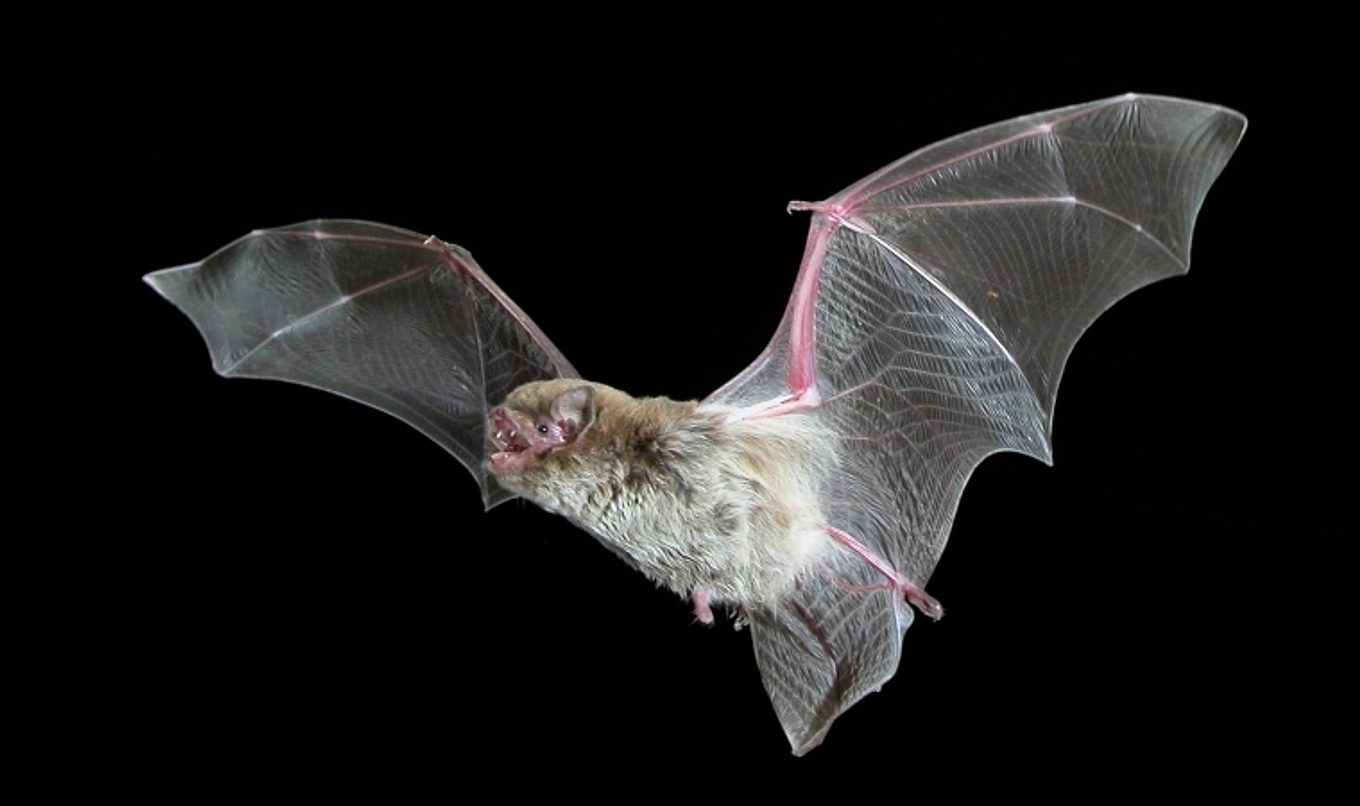Ultrasonic sound recorders detect bat species hanging out at Chowilla
High-tech acoustic recording devices sound like something you’d see secret agents using in a spy movie.

But recently, ecologists in South Australia’s Riverland have been using this high-tech equipment to detect native bat species on the Chowilla Floodplain.
Department for Environment and Water (DEW) Ecologist Grace Hodder said the Chowilla ecosystem is regularly monitored to inform environmental watering of the floodplain and direct water to support critical habitat for native fauna such as fish, frogs and waterbirds.
“What people might not know however is that Chowilla is also home to a diverse assemblage of bats, which comprises more than half of the native mammal species inhabiting the floodplain,” Grace said.
“The last dedicated survey for bats on Chowilla was conducted in the 1990s, so little is known about the species, how abundant they are and their habitat preferences.
“We wanted to fill these knowledge gaps, to help guide environmental watering to also support the microbats of Chowilla wherever possible.”
Grace explained that ecologists used “Minibat Songmeter” acoustic recording devices to record bat calls at 12 sites across the floodplain, using ultrasonic sound frequencies.
“We then visually examined these recordings, known as “bat call sonographs” to detect the call signatures of the different bat species – with some quite interesting results,” Grace said.
“We were able to detect 12 different bat species. The most commonly recorded included the Southern Free-tailed Bat, Gould’s Wattled Bat, the White-striped Free-tailed Bat and the Little Forest Bat.
“The White-striped Free-tailed Bat is one of the few microbats whose foraging echolocation calls can be heard by humans. So, next time you hear a bat overhead, you are likely to know which species it is!”
Grace explained that many of the species detected at Chowilla have a preference for roosting and nesting in the hollows of Redgum and other Eucalypt species which are a major focus of environmental watering efforts.
“The study therefore highlights the importance of maintaining and improving the health of Redgum and Blackbox Eucalypt woodlands on the floodplain, particularly to support the growth of mature trees to the age at which they form these hollows which usually takes at least 100 years,” Grace said.
This project was funded by The Living Murray, a joint initiative funded by the New South Wales, Victorian, South Australian, Australian Capital Territory and Commonwealth Governments, coordinated by the Murray–Darling Basin Authority.

